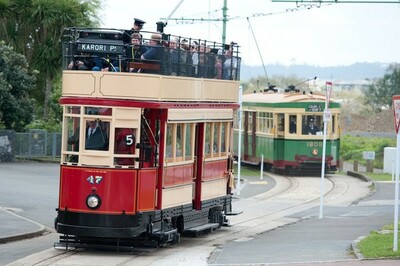Hand Shears
Maker and role
Combination Sheffield, Manufacturer
See full details
Object detail
Accession number
2007.154
Maker
Description
Steel scissor-like shears; 2 large blades with sprung hinge at end of handle. Small leather loop fastened with twine, used to hold scissors closed. Embossed marks on blades referring to model no. (UTS No. 1) and manufacturer (Combination Sheffield) as well as a star symbol and several other indecipherable marks
Brief History
Sheep farming has played a significant role in New Zealand’s economy. From 1856 to 1987, sheep farming was the most important agricultural industry in New Zealand and wool was the country’s most valuable export for many years.
Shears have two blades joined by a spring to force the blades apart. They were operated with a scissor action. Sheep were sat on their rump and held upright between the knees of the shearer, who clipped the wool off with strokes or ‘blows’.
Merino sheep in the New Zealand high country are still blade shorn when shorn in winter or pre-lambing to leave more wool on them to protect them from cold weather.
Shears have two blades joined by a spring to force the blades apart. They were operated with a scissor action. Sheep were sat on their rump and held upright between the knees of the shearer, who clipped the wool off with strokes or ‘blows’.
Merino sheep in the New Zealand high country are still blade shorn when shorn in winter or pre-lambing to leave more wool on them to protect them from cold weather.
Marks
COMBINATION / UTS No1 / SHEFFIELD Impressed
Media/Materials
Credit Line
Combination Sheffield. Hand Shears, 2007.154. The Museum of Transport and Technology (MOTAT).



Public comments
Be the first to comment on this object record.